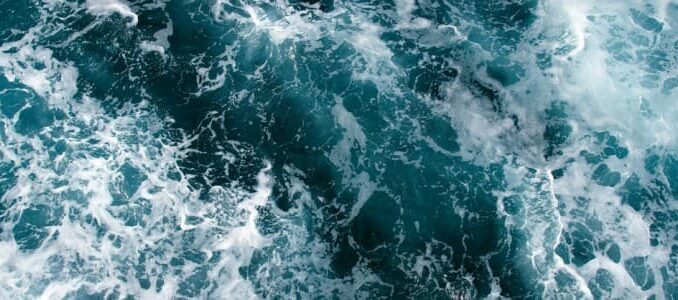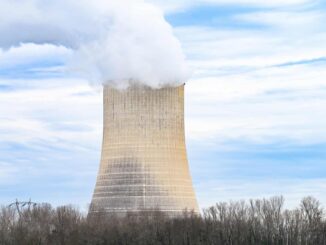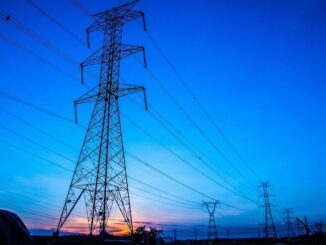
India has applied to the International Seabed Authority (ISA) for two new licenses to explore parts of the Indian Ocean sea bed for minerals crucial to the green energy transition. If they are granted, India would hold four contracts, making it the country with the second highest number of active contracts for deep sea mining exploration projects in the world.
As Statista’s Anna Fleck shows in the following chart, based on ISA data, China currently has five contracts, making it the leading country in terms of contracts for permitted deep sea mining exploration.
You will find more infographics at Statista
There are currently 31 contracts that have been signed off on by the ISA, 30 of which are active, and each of which last 15 years. Several of these involve governmental entities – for example, the Government of India, the Government of Poland, the Government of the Republic of Korea all appear on the ISA website. However, the majority are private companies that have so far directly engaged in contracts for deep-sea mining with the ISA.
There are three main categories of deep sea mineral exploration: finding and collecting polymetallic nodules (PMN), polymetallic sulfides (PMS) and cobalt-rich ferromanganese crusts (CFC) in the deep seabed. India’s two new proposed contracts apply to the latter two methods, first for the exploration of PMS in the Carlsberg Ridge of the Central Indian Ocean and secondly for the exploration of CFC in the deep seabed of the Afanasy-Nikitin Seamount in the Central Indian Ocean.
According to the ISA, the majority of companies looking into seabed exploration are focused on polymetallic nodules (19; with 17 of these focused on the Clarion-Clipperton Fracture Zone), followed by polymetallic sulfides (7) in the Southwest Indian Ridge, Central Indian Ridge and the Mid-Atlantic Ridge and then only 5 companies looking into polymetallic crusts in the Western Pacific Ocean.
As Gaby Ramirez’s article for Unbias the News outlines, the issue of deep sea mining is a complex and divisive one. Supporters argue that in order to manage a successful green transition, we will need more of these precious metals and fast. Critics argue, on the other hand, that far more information is needed before further action can be taken, namely on how such extractions will impact the environment of what has been called the “final frontier” of the Earth.
Take the Survey at https://survey.energynewsbeat.com/
ENB Top News
ENB
Energy Dashboard
ENB Podcast
ENB Substack



